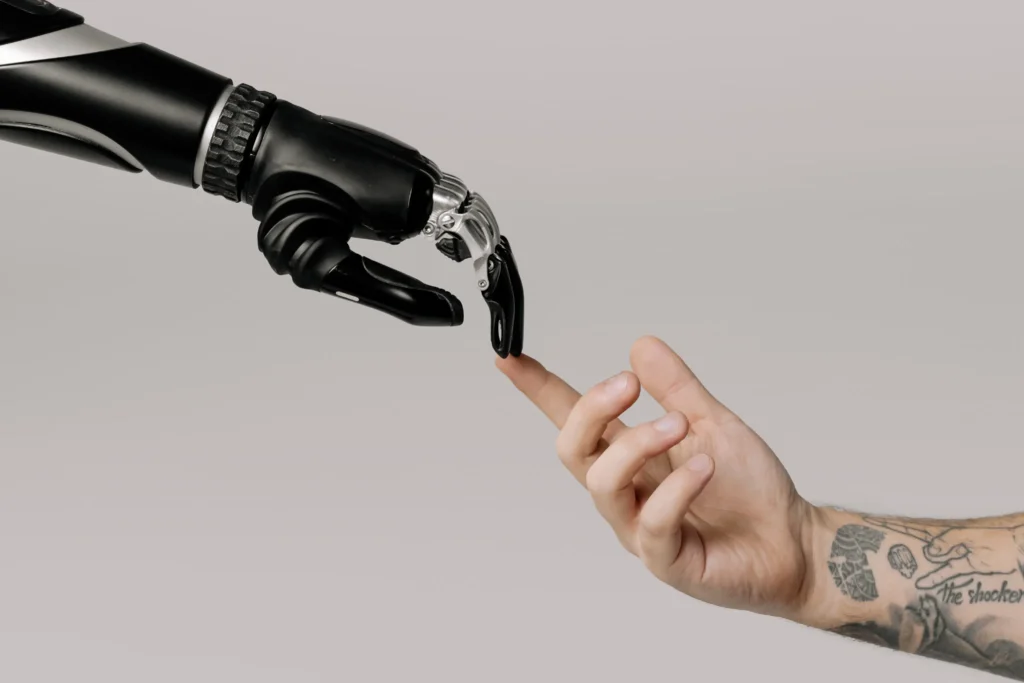|
Getting your Trinity Audio player ready...
|

Decoding the differences between robotics and artificial intelligence
In the world of technology, two terms are usually connected: “robot” and “artificial intelligence” (AI). While closely related and frequently collaborate, they are distinct areas with distinct traits, objectives, and uses. Let’s explore the main distinctions between these two fields.
Main Objective
AI is a subfield of computer science that focuses on developing intelligent agents that mimic humans’ cognitive abilities. It includes thinking, reasoning, problem-solving, language perception, and understanding. AI software and programs are designed to process data, detect patterns, make choices, and adapt based on experiences.
However, robotics is a branch of technology and engineering that focuses on developing, constructing, and operating physical machines, also known as robots. They can vary from basic single-function machines to highly complicated multi-function systems. While AI may help a robot’s brain, robots also require devices and mechanical components needed for movement and interaction with the world.
Physical Vs. Virtual
AI is primarily a virtual realm, utilising algorithms and software for processing data to make decisions. It doesn’t need a physical presence. It could be viewed as code lines running on servers or computers.
The physical nature of robotics is intrinsically physical. Robots are tangible machines that interact with the physical world via sensors, actuators, and manipulators. While AI can be integrated into robots to make them more intelligent and adaptable, the physical aspect makes robotics distinct.
Application
AI’s applications are numerous and cover several disciplines. AI is employed in suggestion systems, natural language processing, autonomous vehicles, health diagnostics, and more. AI is often the basis for software that boosts efficiency, decision-making, and automation across various industries.
Robotics are extensively used in industries that require physical tasks, and interaction is vital. These include manufacturing (industrial robots), health care (surgical robots), logistics (warehouse robots), exploration of space (exploration machines), programmatic sonic sound and the entertainment industry (robot toys and animated films). Robotics is a field that deals with mechanical and tangible issues.
Autonomy
AI systems can display great autonomy, particularly in machine learning. They can use data to learn, make predictions, and change without human input. AI can be supervised (human-led) and non-supervised (self-taught).
Robots also can have different levels of autonomy, but the liberation of robots is connected to their physical capabilities. For instance, autonomous drones can navigate in a city. However, they rely on sensors and onboard computers to process data and make real-time decisions to stay clear of obstacles.
Interdisciplinary Nature
Maths, computer science, statistics, and cognitive psychology drive AI. It is predominantly a software-based area.
Robotics is an interdisciplinary field that combines electrical engineering, mechanical engineering, computer science, and many more. It covers both software and hardware components.



